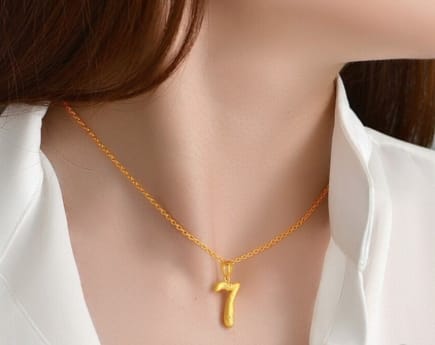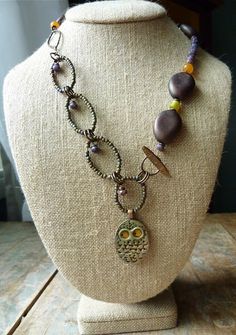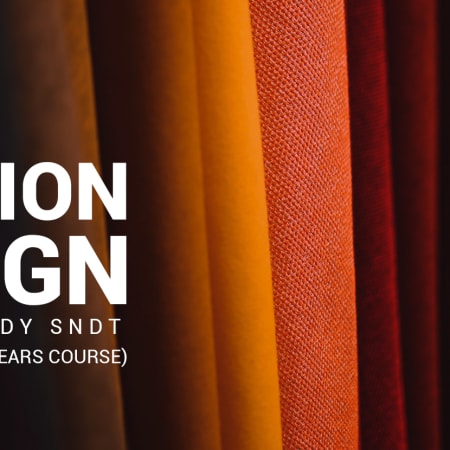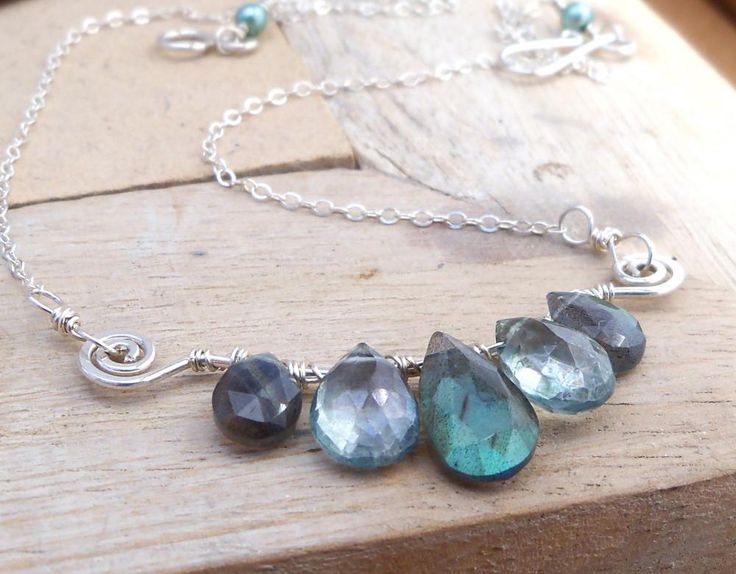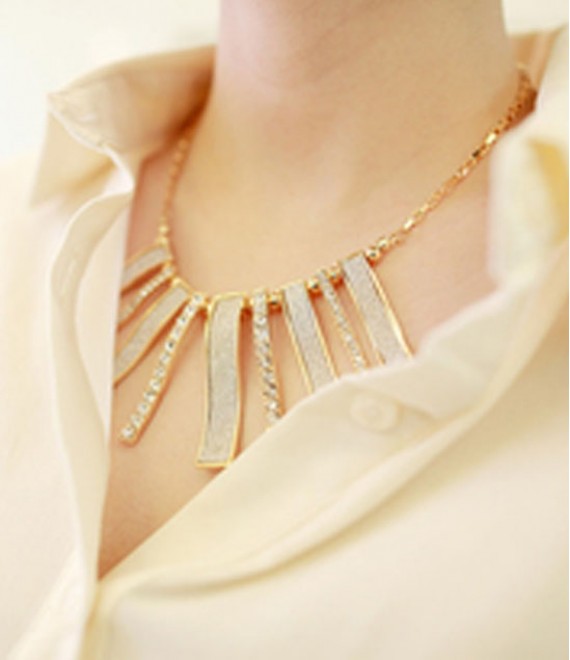Jewellery designing is governed by a few essential principles that gives it stability and completeness. These are known as the “7 principles of jewellery design”. These are also the salient features of any type of jewellery.
Principles of jewellery design come under the basics in the curriculum of jewellery designing courses. Incorporating these principles innovatively in jewellery designing gives birth to new and interesting pieces. Adhering to these fundamentals ensures that there are no errors or wastage in the designing process.
Jewellery design classes, are simple. A jewellery artist or craftsman keeps a checklist of these rules to craft flawless jewellery, in traditional or non-traditional fashion.
Each of these principles has its own significance in creating the end-product and hence, is stressed upon, in all jewellery making classes.
Balance
Balance is about distributing weight, size, colour and space in the jewellery, giving a well-proportioned piece. The balance maybe achieved with symmetric, asymmetric or radial distribution. These distribution techniques are learned by students at a jewellery design school.
Symmetric balance commands the elements and features to be evenly distributed, while asymmetric balance entails the features and/or components on one half of the jewellery being balanced by a dissimilar or contrasting set of features and/or components.
With radial balance, elements of the jewellery distributed from its inner central point. An ice flake or a starfish design are typical examples.
Balance lets the wearer feel comfortable with the jewellery. He/she won’t have to suffer from visual imbalance or fidget with uneven weight distribution.
Emphasis
The point in a jewellery that receives most attention is called its focal point. The principle of emphasis depends on this focal point.
The jewellery designer can use certain techniques to convert a certain part of the jewellery as the emphasis. He/she can differentiate it from the rest of the piece by using a different color or texture, like a red stone in a white pearl necklace.
A different size to a jewellery element can be given to bring exclusive focus to it. For example, a pendant on a delicately thin chain or an odd-shaped element in the jewellery that can also lend emphasis.
Movement
Movement refers to the quality of a jewellery piece which leads the viewer’s observation in a certain manner. Human eyes are accustomed to following patterns like progressive size enlargements, colour repetitions or pattern progressions.
Movement could start at a focal point and trail the viewer through the entire design in an induced pattern. This pattern is achieved through repetition, rhythm or an action depiction.
Proportion
Proportion is the agreement of features like color, shape, size and quantity within a piece of jewellery and with its pair. It is also the jewellery’s seamless match with the wearer’s attire, stature and features.
Proportion is rarely noticed unless disharmony in features show up. Without proportion and agreement of properties of a jewellery, the design idea will hardly take off.
Contrast
As with fashion, contrast works in jewellery design too. Contrast constitutes the presence of opposing colors, opposing directions of design elements and opposite shade intensity as in dark and light.
The use of contrast is a design method based on the effect of complementary features like yin and yang. Contrast can make the design catchy and draw viewer’s attention easily. It also works well with proportion and balance.
Unity
Unity is rooted in the necessity of harmony as with the principle of proportion. Unity requires that the elements of a jewellery has a visual grouping that creates a sort of harmonious design. Unity can also facilitate the principle of movement.
Unity is achieved by placing elements closer, grouping similar elements as one and repeating colors as in a pattern or gradient. Unity brings a more organised design.
Harmony
With harmony, different parts of the jewellery relate to each other bringing about a well-balanced piece of jewellery. These agreeing parts create a fresh effect to the jewellery design.
Hamstech institute grooms its aspiring jewellery designers with a well-delivered curriculum and hands-on training along with mentorship and expert guidance. These 7 principles are taught to them to make their career in jewellery designing a sparkling success!

